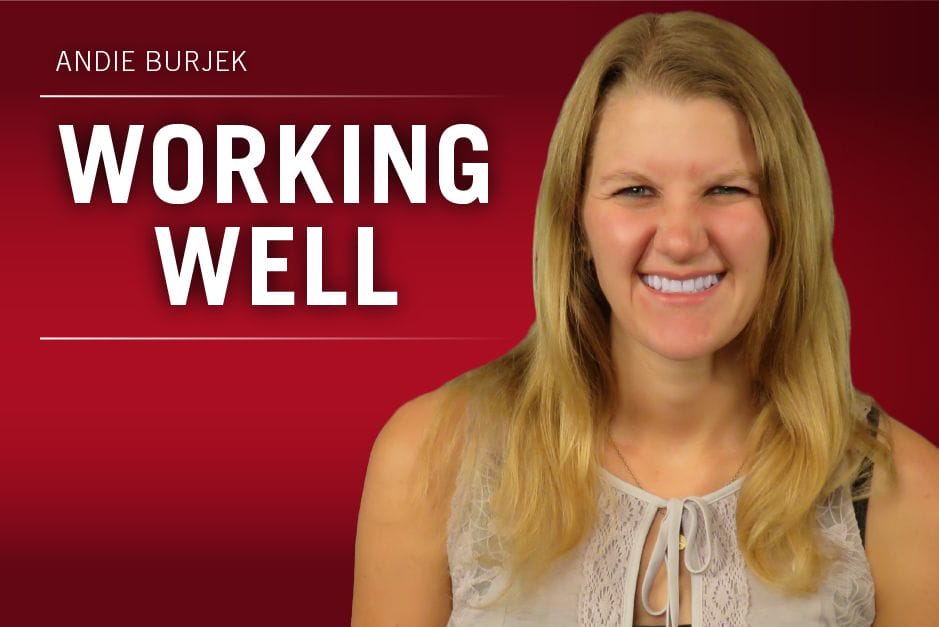Many schedules like 24-7 operations have built in overtime, just to make sure there’s coverage, but in any organization there’s potential that employees may accrue unplanned overtime. For managers trying to run a tight ship, this can complicate a precisely planned schedule and budget.
Sometimes there’s too much work and not enough resources or employees to accomplish these tasks, leading companies to give too much overtime. “That’s a matter for management and leadership to assess and to determine whether they need to hire additional talent,” said Chuck Buiocchi, senior director of BPS operations at Kelly Services.
It’s vital that managers get payroll correct, and while many companies still use old school paper time cards, third party platforms can help a lot, he added.
Several workplace experts shared management tips for organizations trying to manage overtime more accurately and precisely. Here is their advice.
Overtime equalization can help you decide who gets extra hours
Some employees may want more overtime hours to help ensure financial stability, Buiocchi said. Managers want to be fair to employees in situations like this, and if there’s more demand for overtime than supply, they’ll want to create a method of allocating those hours fairly.
Overtime equalization — the attempt to balance overtime among employees — can be dependent on factors like employee tenure and reliability. But more often than not, organizations have to consider the people with the most relevant skill sets first, Buiocchi said.
Sometimes overtime is built into schedules and interested employees can ask for those hours, but in general managers want to avoid unnecessary overtime as much as possible.
Also read: A technology integration is an intervention to dissolve common payroll errors
The key here is understanding the root cause of this increased need for labor, Buiocchi said. If employees are spread too thin, maybe it’s time to hire more employees. If the reason for more overtime is a decrease in productivity, drill down on what’s impacting productivity and address it. This is a much bigger project and requires deeper discussion, but it’s necessary if something is impacting the team to such a degree, he added.
Allocating overtime hours during the pandemic
The COVID-19 pandemic has complicated overtime allocation to some degree. Now when determining overtime equalization, organizations may deal with a world of juxtaposition, said Traci Fiatte, chief executive officer, professional and commercial staffing at Randstad US. Some employees are dying for extra hours and income for a variety of reasons, like those working 60 or 70 hour weeks at two different jobs because their spouse lost their job. But others don’t want to go to work at all or are scared.
Meanwhile, employers are desperately trying to manage overtime and not pay it, because many organizations’ revenues have declined since the pandemic began.
Smart scheduling is especially important during the COVID-19 pandemic, when offices or places of operations might have to stagger out their shifts so that employees can be socially distanced, Fiatte said. Or maybe they need to operate at a lower capacity than usual so that employees can more easily stay away from each other. She also suggested adopting scheduling tools that allow managers to take floor plans into account as they create schedules and socially distant staff appropriately.
“Overtime is best managed when you know who is working when and where, even in terms of floor planning — which is a concept we never had to worry about pre-COVID. We certainly had to worry about shift scheduling before, but we never had to worry about who was where,” she said.

Even during the COVID-19 pandemic, companies are eager to produce as much as they usually have or more, but whether or not they’ll have the same employee headcount as before is uncertain, she said. And with fewer employees, maintaining that production schedule can be tricky.
One strategy organizations have adopted to address pandemic challenges is relying on more shifts with fewer employees, she said. During times like this, that may be more effective than longer shifts with more people on the floor at the same time.
Actions speak louder than words
One of the main problems with labor tracking and monitoring is that it’s difficult to accurately track or monitor overtime, said Albert Rizzo, adjunct assistant professor at the NYU School of Professional Studies within its human capital management program. HR needs to do it and not just pretend to do it, he said.
Also read: Shift scheduling strategies can be improved through technology
Also, he added, HR needs to make sure the overtime policy is not just a few lines in the employee handbook but something that’s actionable. Best practices here depend on the size of the company.
For a mid-sized company with many employees, for example, one common mistake is that HR is given the responsibility to track labor, Rizzo said. But it’s actually be more efficient and accurate if lower level managers were given the task of tracking this.
“Rather than put the burden on one department like HR or one HR manager to track, the best practice would be to get the person closest to the employees typically incurring the overtime and have that person manage it,” he said.
While many managers view overtime as a problem, they should be looking at it more from the solution mindset, he added. When team members are accruing too much unplanned overtime, there’s a solution to be discovered. Managers can speak to the people accruing the extra hours and find out why that’s occurring. Maybe there’s no clear policy on what constitutes overtime and what doesn’t. Maybe the location is short staffed.
Ensure that your employees are properly classified
HR needs to make sure they’ve properly classified employees to begin with so that exempt employees are truly exempt and nonexempt employees are truly nonexempt. Misclassification frequently happens in HR, Rizzo said.
Regarding overtime, perhaps an analysis could be done on what exact duties employees are performing. Managers can potentially shift certain duties from A nonexempt employee to an exempt employee who won’t be paid overtime for working extra hours.
“HR should be very careful about classification of exempt and nonexempt employees,” he said.
Cover your tracks with labor tracking
An important part of this conversation is what the burden of proof is on overtime claims and who holds that burden, Rizzo said. If an employee claims they have worked unpaid overtime, employers must have the information on file to disprove that claim. If the employer doesn’t have any records that accurately track if the claim is true or not, the U.S. Department of Labor will pursue assuming the employee is telling the truth.
Also read: Labor analytics: A how-to guide for company leadership
“If an employee says 60 hours and the employer has no way to refute the claim or doesn’t refute it sufficiently, then the employee’s statement of how many hours they worked will be taken as the truth,” Rizzo said, adding that this is something employer often take for granted or don’t know.
“There has to be a real tracking system, Rizzo said. “It doesn’t have to be sophisticated but it does have to be monitored carefully.”



 “I plan to take it out as early as I can,” Beach said from her home in Arlington, Texas. “I don’t really know that much about Social Security, but I hear it’s going to go away.”
“I plan to take it out as early as I can,” Beach said from her home in Arlington, Texas. “I don’t really know that much about Social Security, but I hear it’s going to go away.”


